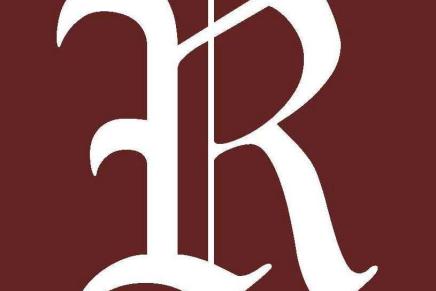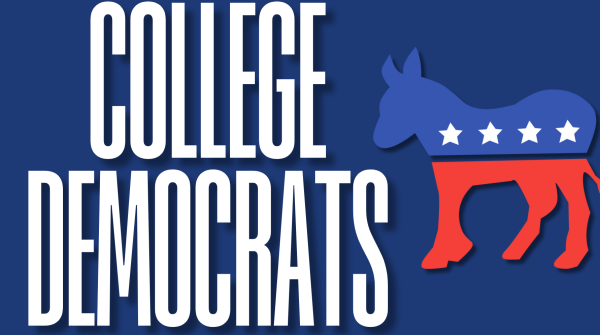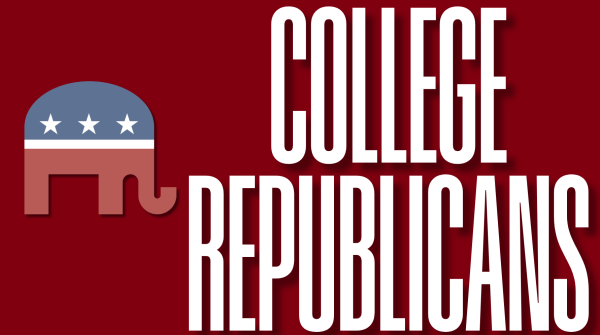Further Consider Endowment in Light of Rankings

Rev. Joseph M. McShane, S.J., president of the university, expressed to the community on Thursday that Fordham’s newest rankings — compiled by U.S. News & World Report (U.S. News), Wall Street Journal/Times Higher Education and Forbes — show mixed success for the university.
For students already established within a particular university community, rankings are not very likely to affect one’s day to day life. These lists, though not insignificant, take a back seat to the lived experience they receive each day on their respective campuses.
But for prospective students searching for an environment in which they can thrive during the next phase of their lives, as well as for graduates hoping their degrees will hold a certain weight in the workplace, rankings can matter.
Despite their widespread consumption, these lists are based on criteria that can be confusing and seemingly disjunctive. Even when laid out in a succinct way, categories start to blend together and numbers — varying from 176 to 141 to 74 — can lose meaning or require a decent amount of additional information to be put into proper context.
Nonetheless, university rankings can have a monumental impact on the choices of students to attend or avoid certain schools, in the same way that RateMyProfessor ratings (an online platform which allows students to rate professors) can easily deter or convince students from taking a certain instructor’s class. The numbers do not necessarily have to encompass the full picture to have a palpable effect on people’s viewpoints: Students typically avoid a professor with a bad rating, just like they typically consider a university ranked above 50 to fall short of prestigious status.
U.S. News markets its services to students attempting to “find a college that’s a good fit.” Its goal is to “take some of the stress out of the school research and selection process” and aid students in creating “a shortlist of places in which to dig deeper.
Unfortunately, this report is also the one in which Fordham suffered a drop in ranking, moving from 70th to 74th National University. If U.S. News were the sole resource among prospective students, parents and advisors in identifying worthwhile collegiate options, Fordham would face challenges in attracting new members of its community.
As a way to improve rankings going forward, McShane cited an action plan by the Retention Task Force to enhance first-to-second year retention rates and graduation rates, as well as the university’s plan to hire a communications firm to communicate Fordham’s accomplishments more widely and effectively.
U.S. News bases its rankings reports on six categories: Outcomes, Faculty Resources, Expert Opinion, Financial Resources, Student Excellence and Alumni Giving. Only time will tell if these proposed changes will suffice in raising both the quality of experience at the university and its rankings, but they appear at face value to be reasonable first steps in that direction.
McShane also said the drop in the university’s ranking could be attributed to changes in methodology, the approximately 100 new institutions entering the National Research Universities category and the school’s relatively small endowment size.
Though U.S. News notes there were no changes in the weights assigned to each ranking factor for the 2020 edition — with the exception of the high school counselor opinion being discounted as part of the expert opinion section and “small differences” in how some other factors were calculated — McShane emphasized that small changes often translate to significant differences in certain rankings and that Fordham’s endowment is less than 5% of the average Ivy League endowment.
Fordham administrators have long pointed to the size of the university’s endowment as a detracting factor in the institution’s standings. U.S. News takes into account Alumni Giving as 5% of overall scoring, as it cites giving as a measure of student satisfaction and post-graduate engagement.
If the university values significant upward shifts in its ranking — and endowment continually proves a hindrance to this shift — changes should be implemented in a direct attempt to increase endowment size, such as considering alternative investment strategies or further advertising need.
The matter of Fordham’s relatively minuscule endowment also raises the question as to why university alumni do not actively give back to the community in ways mimicking those of Ivy League alumni.
With an ethos of cura personalis and emphasis on social justice at the core of so many students’ experience here, it seems far more likely that the university produce social workers, teachers and participants in other traditionally lower-earning but generally impactful fields than other institutions. Forbes sets Fordham’s Average Early Career Salary at $58,700, while the Ivys’ range from $68,200 to $79,000.
In short, Fordham culture — what makes the university so great in unquantifiable ways — does not necessarily translate to the significant monetary earnings that may afford alumni the ability to give back to the school in impactful ways: ways that may increase its competitive standings.
However, when it does, some donations are given to specific areas of the university, like the new Waterfront Property which, if approved, will be primarily used by Fordham’s rowing and sailing teams. These types of donations might not always have a positive impact on our rankings, but they almost always have a positive impact on those intended to engage with them.
Prestigious rankings are not the be-all and end-all for our experience of Fordham University. Declining rankings might have an effect on who looks to come here in the future or on alumni’s cultural capital in the workplace, but the value of a Fordham education has always encompassed more than the esteem of some number on a list or a hefty 11-figure endowment.
With so many conflicting categories, delicate balances and minute details, it is difficult to get a clear idea of what collegiate rankings actually mean for their respective universities — which is precisely why people tend to lean on these numbers alone as telling facts.
That being said, if the university does aim to secure a more prestigious ranking, it should undoubtedly look to bolster its endowment.
As with everything in life, it is important to put Fordham’s rankings in perspective. As consumers, we should allow these sorts of rankings to inspire us to want aspects of certain universities to be better, but we should not rely on them in their entirety for our perception of a certain institution, its reputation or its community members.
Fordham students go on to lead lives of meaning and achievement, as they lead right here on campus and in the surrounding area, as well. The university should continue to focus on supporting these individuals in all of their endeavors, as well as the faculty and alumni who prove invaluable to their success.











































































































































































































Ray Nieves • Oct 22, 2019 at 12:11 pm
Years ago Fordham was ranked in the high 50’s and a great source of pride. I was active on some sports boards and when Fordham joined the Patriot League, I recall some fans at some PL school talking smack of the “Knuckle draggers”, the thugs from the Bronx playing Football and how we didn’t belong academically, but a good ranking could not be ignored. A good ranking also made it easier to recruit strong candidates as it was a measure of relative academic quality to be at least be in the top 50. But over the years the changing standards of USN&WR and the fact Fordham does not have any STEM schools have all come to hurt its ranking to where it is at it’s lowest I have seen in 25 years. I note that schools like Northeastern have learned to game the requirements and have shot up in the rankings, allowing them to grow and expand. At one time we were ranked above them, they now rank far above us. I look at Villanova, who have had a plan to move up in the rankings and have been successful to where they are now a National University from being a regional and also now ranked well above us. Not good. Many colleges will be closing over the next few years as there are fewer students to apply. This is a business and schools must sell to be viable. Yes, the endowment is too small to compete with other top schools.
The school needs a solid plan.
The administration must reverse this bad trend, make going up in the rankings a priority, make it urgent, learn from Northeastern and Villanova how they shot up in the rankings. They also must learn how to get more from financial sources, and I mean corporations as well as alumni There was a time Fordham was spoken of in the same breath as and competed NYU, Georgetown, Boston College, Holy Cross, Villanova…. not anymore. At the rate we are dropping, the comparisons will be St. John’s, Seton Hall, Hofstra, Scranton…. I know we are not alone in seeing a drop, but it will ultimately hurt the school if it continues.